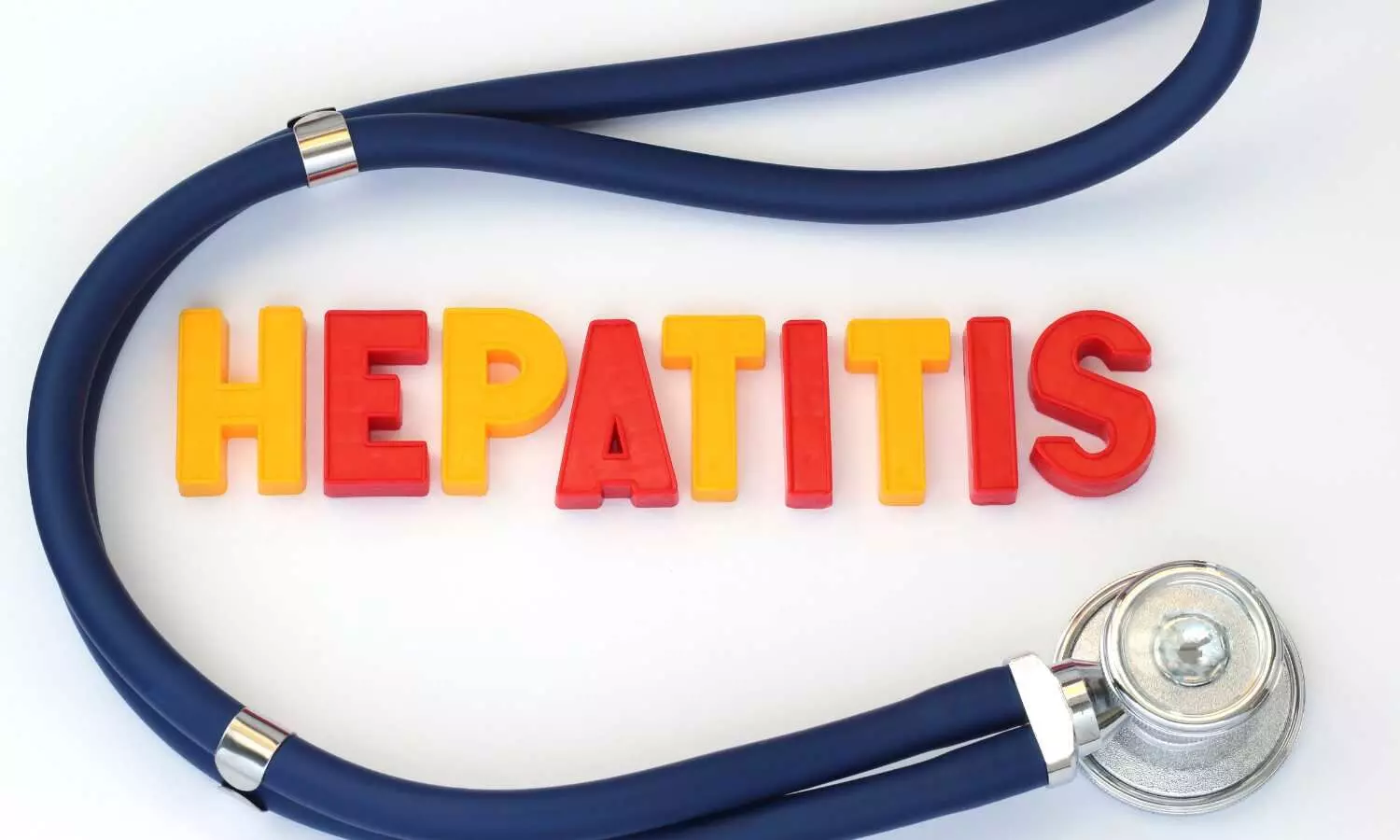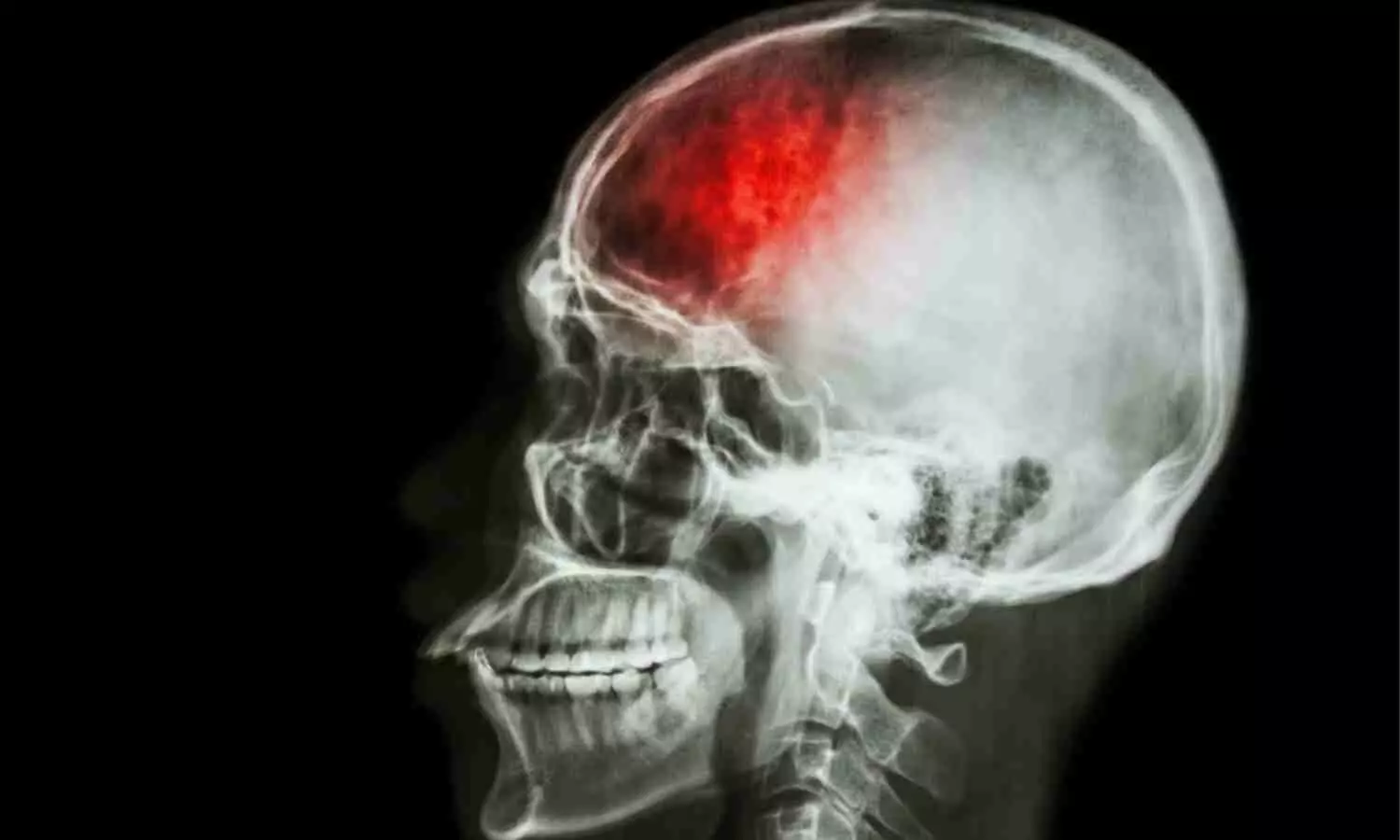Hepatitis E Vaccine Provides Long-term Protection

Hepatitis E virus (HEV) is a common cause of acute hepatitis, yet its prevention often receives less attention compared to other hepatitis viruses. Understanding the long-term effectiveness of hepatitis E vaccines is crucial for disease control and prevention efforts.
A recent study conducted in Dongtai County, China, extended a phase-3 clinical trial to evaluate the durability of protection provided by a hepatitis E vaccine over a 10-year period. The initial trial enrolled over 112,000 healthy adults and randomly assigned them to receive either the hepatitis E vaccine or a placebo. This study was published in the journal The Lancet by Shoujie H. and colleagues.
Participants received three doses of the vaccine or placebo intramuscularly at months 0, 1, and 6. A comprehensive surveillance system was established to monitor hepatitis E cases in the study region over the following 10 years. The primary outcome was the efficacy of the vaccine in preventing confirmed cases of hepatitis E occurring at least 30 days after the third dose.
The key findings of the study were:
-
Over the 10-year study period, 90 cases of hepatitis E were identified, with significantly fewer cases in the vaccine group compared to the placebo group.
-
The vaccine demonstrated an efficacy of 83.1% in the modified intention-to-treat analysis and 86.6% in the per-protocol analysis.
-
Moreover, antibody persistence was assessed in subsets of participants, showing that a significant proportion maintained detectable antibody levels even after several years.
The study findings indicate that immunization with the hepatitis E vaccine provides long-lasting protection against hepatitis E, with vaccine-induced antibodies persisting for at least 8.5 years. This underscores the importance of vaccination programs in preventing hepatitis E infections and highlights the effectiveness of the vaccine in reducing disease burden over the long term.
Reference:
Huang, S., Zhang, X., Su, Y., Zhuang, C., Tang, Z., Huang, X., Chen, Q., Zhu, K., Hu, X., Ying, D., Liu, X., Jiang, H., Zang, X., Wang, Z., Yang, C., Liu, D., Wang, Y., Tang, Q., Shen, W., … Xia, N. Long-term efficacy of a recombinant hepatitis E vaccine in adults: 10-year results from a randomised, double-blind, placebo-controlled, phase 3 trial. Lancet,2024. https://doi.org/10.1016/s0140-6736(23)02234-1
Powered by WPeMatico









